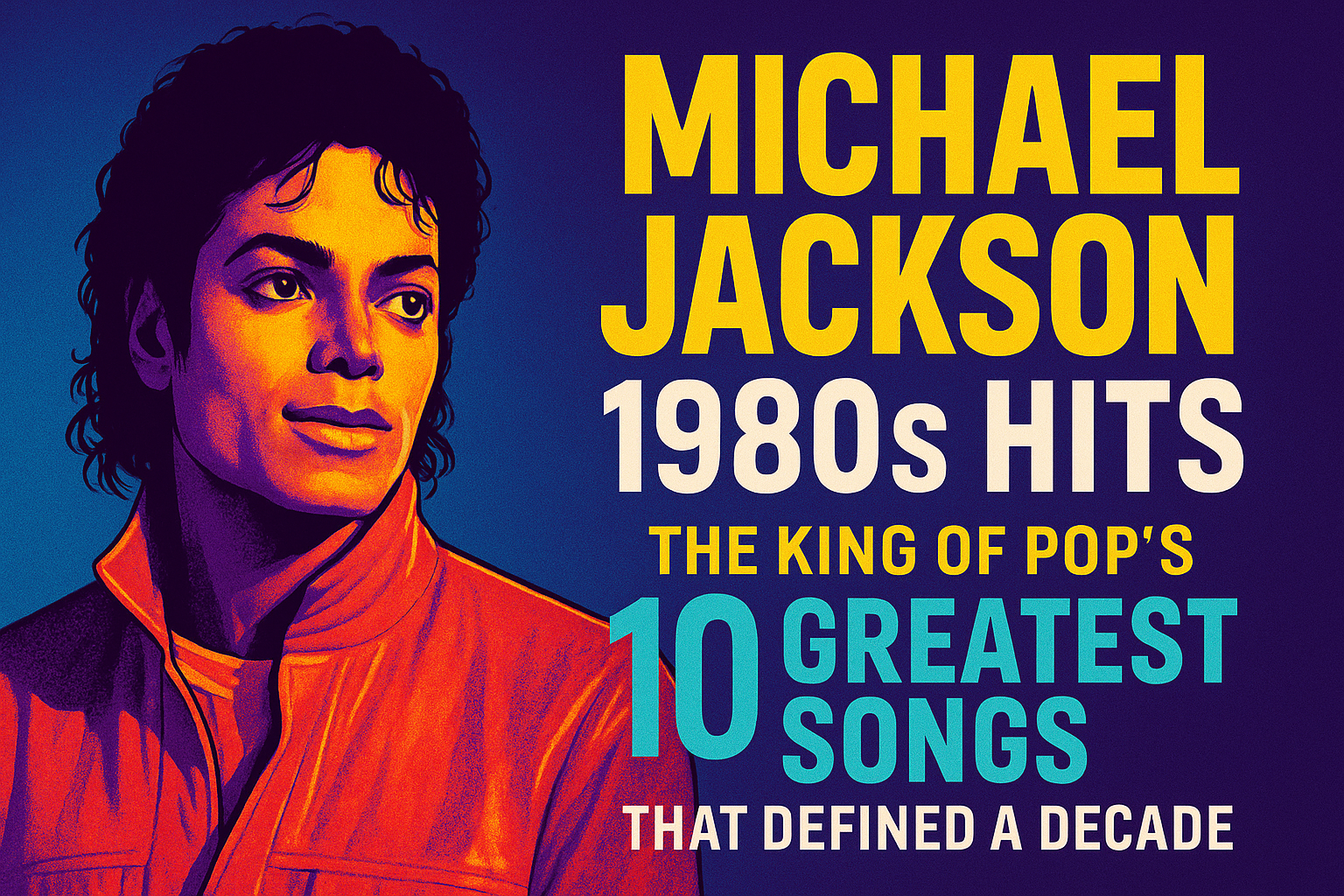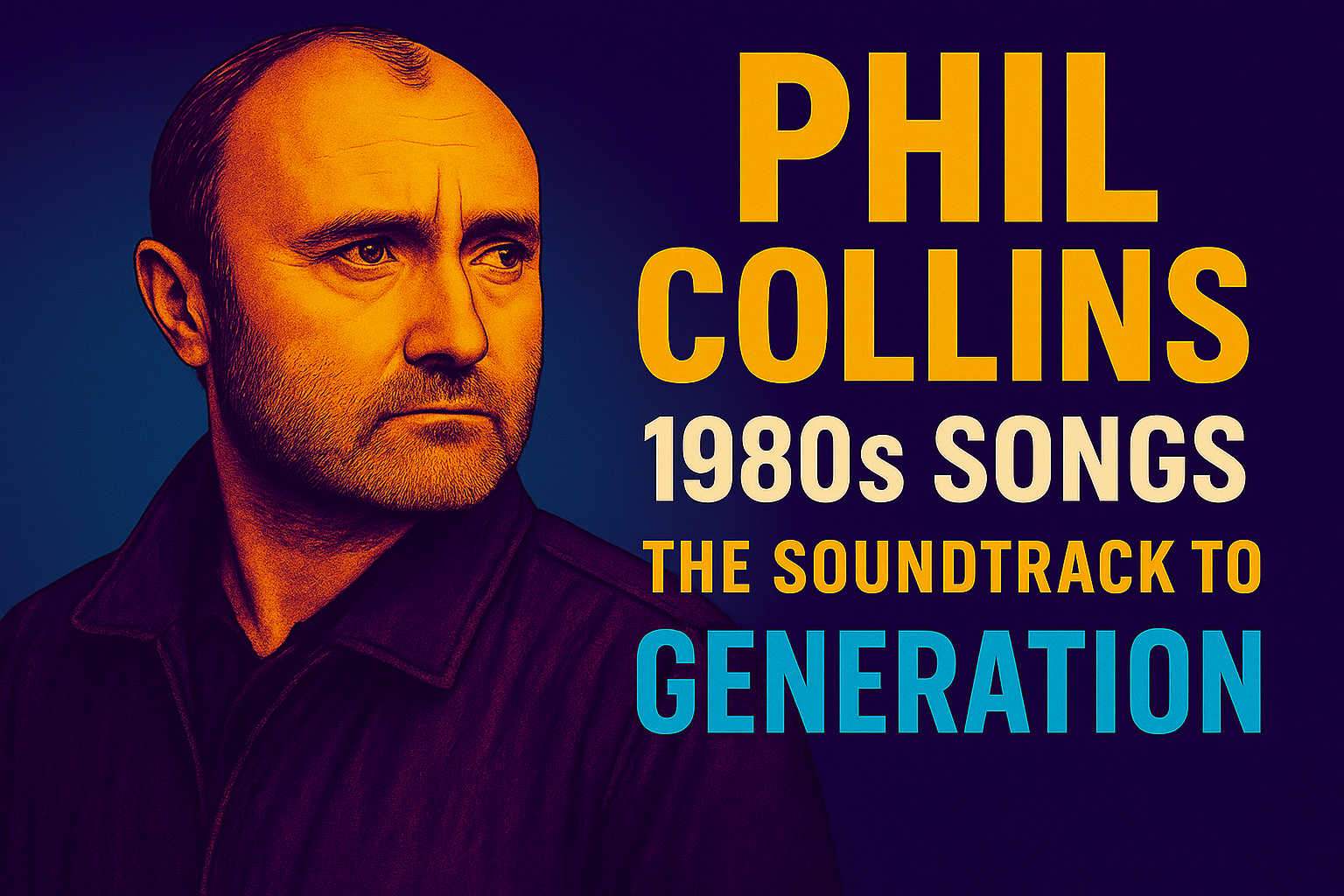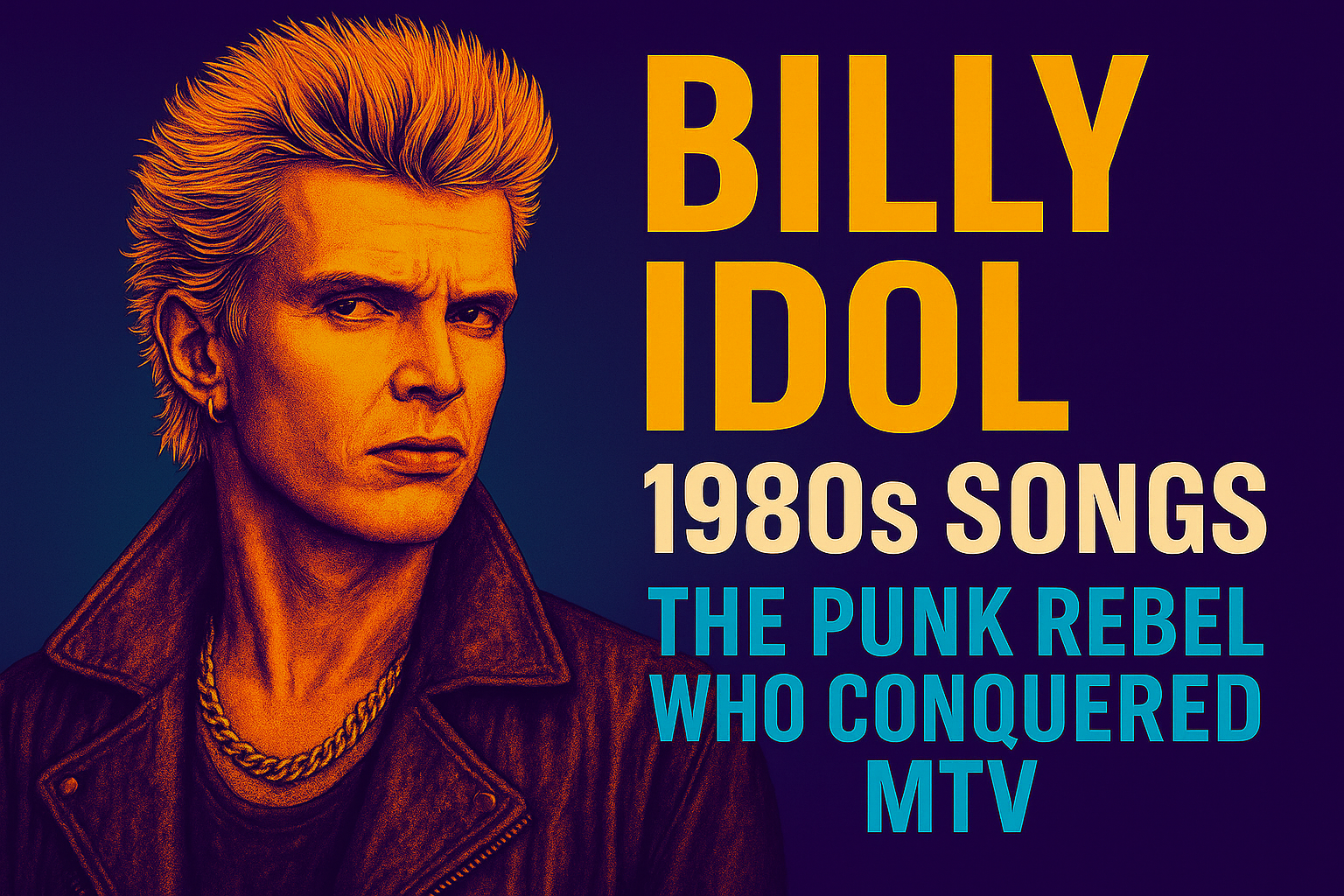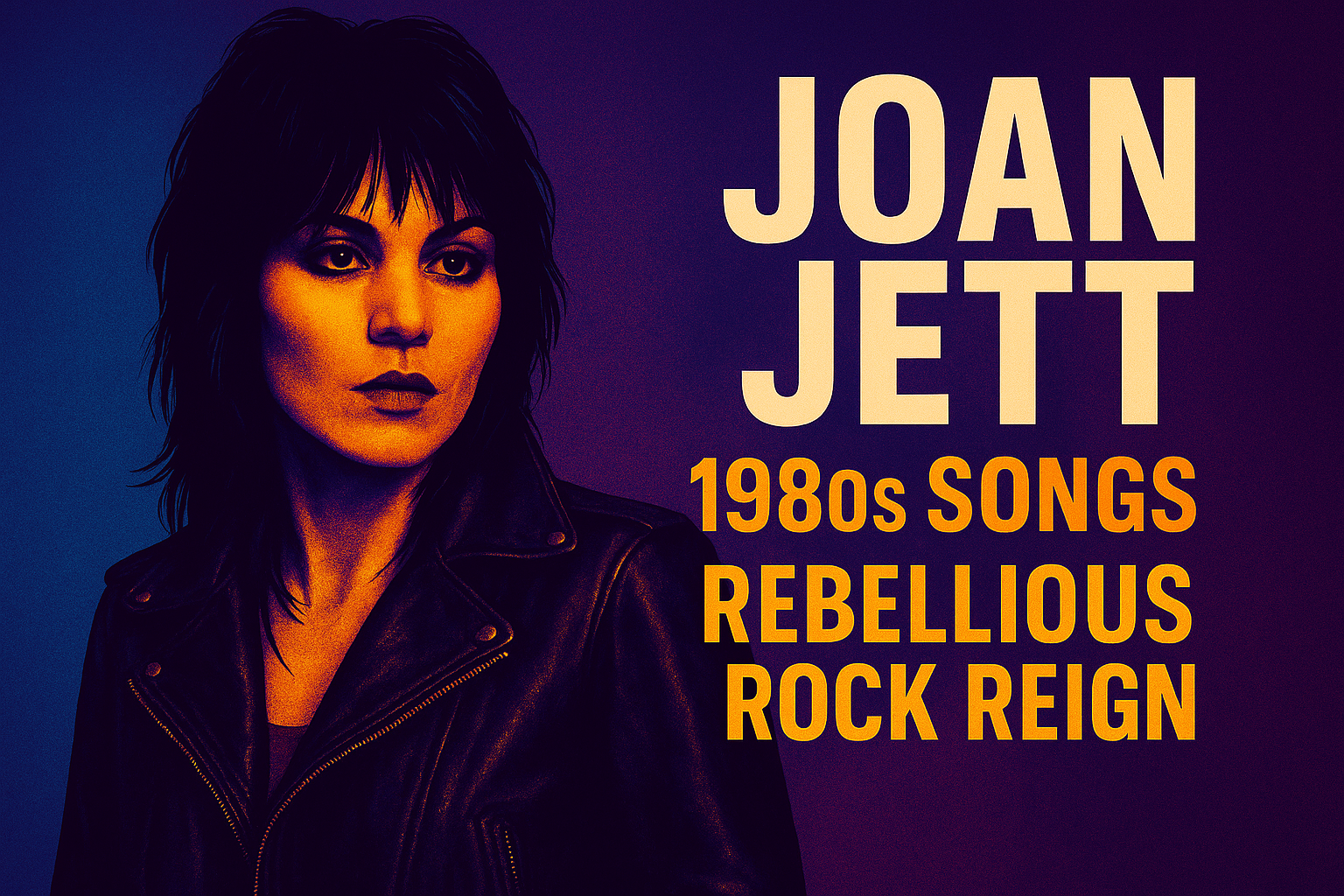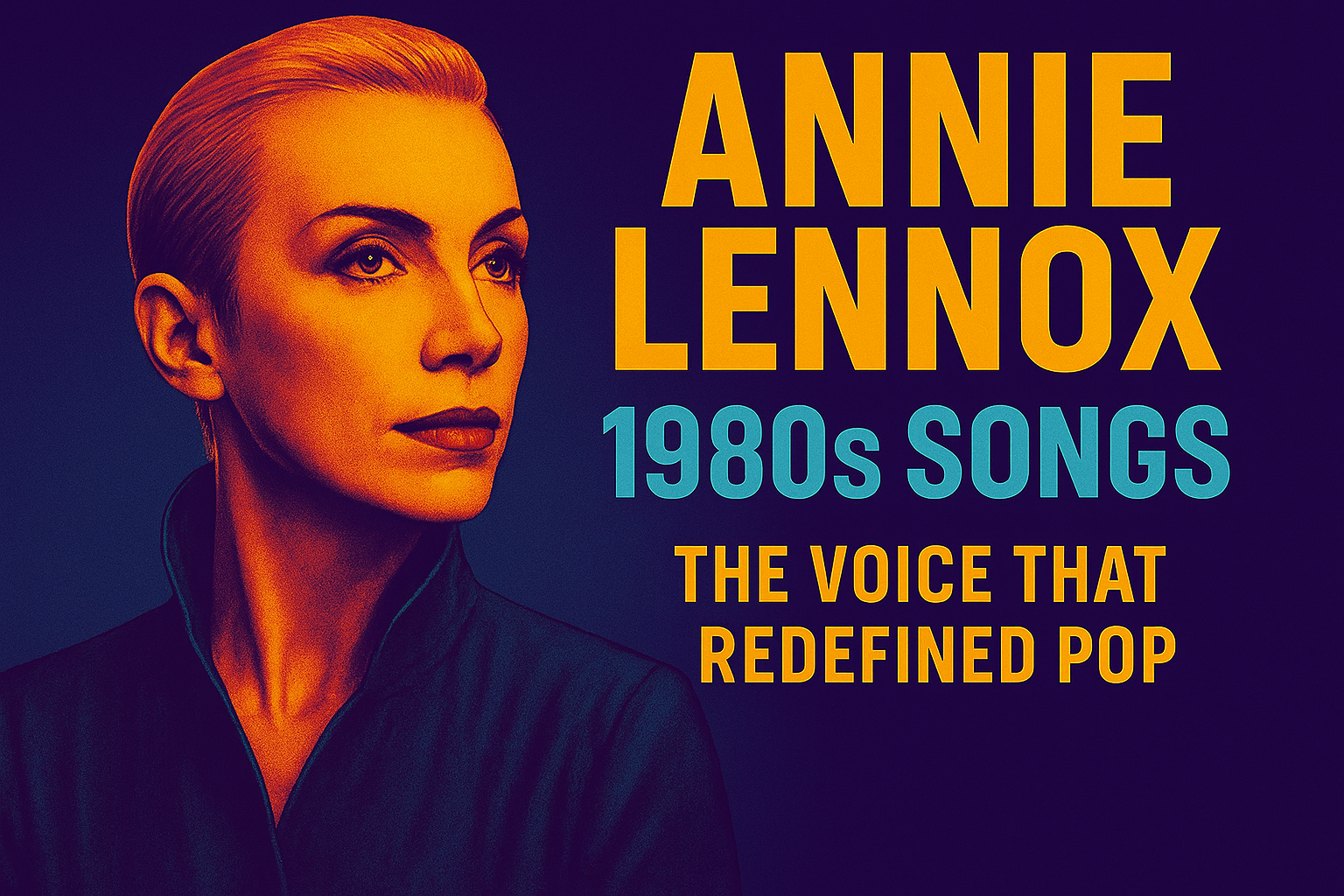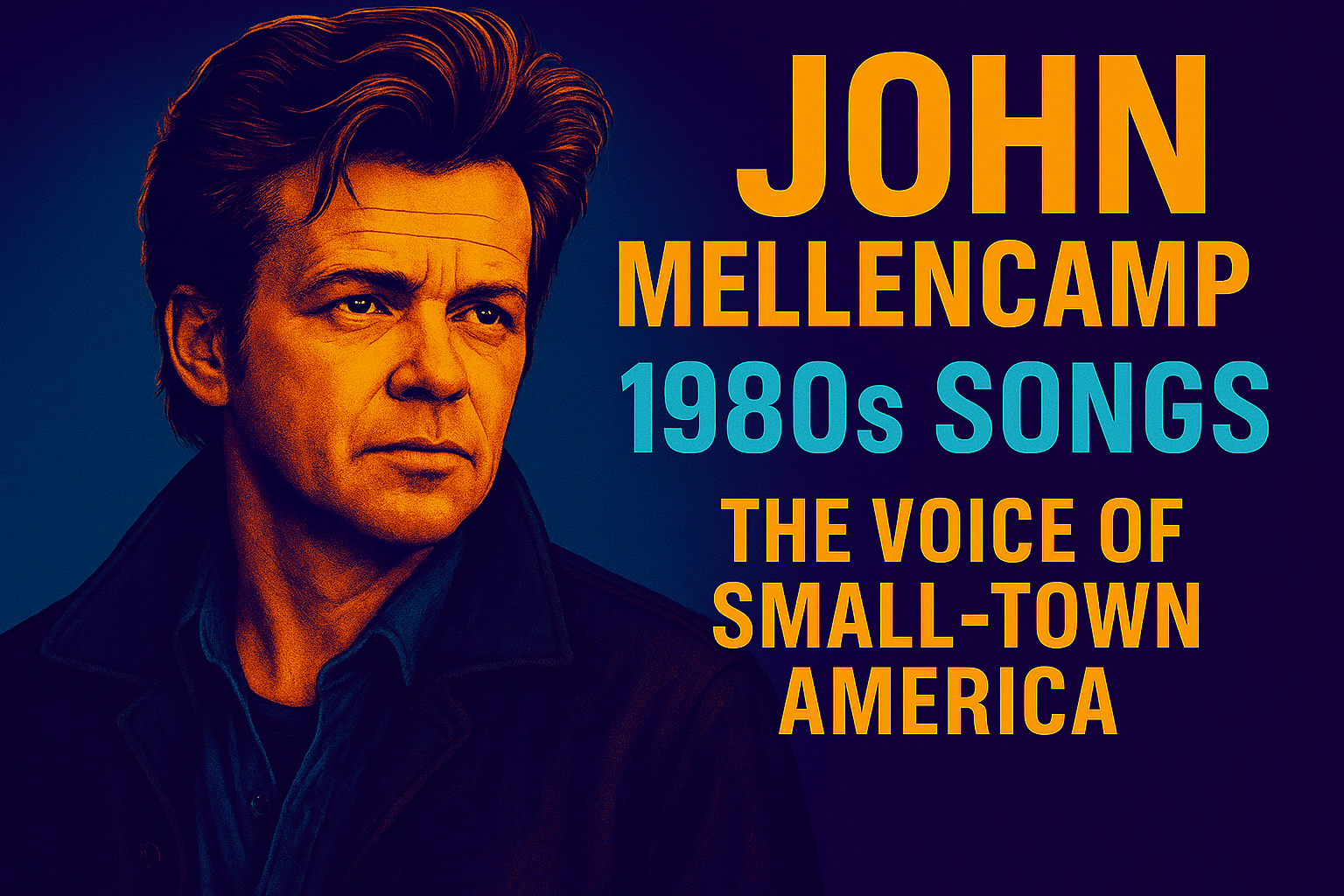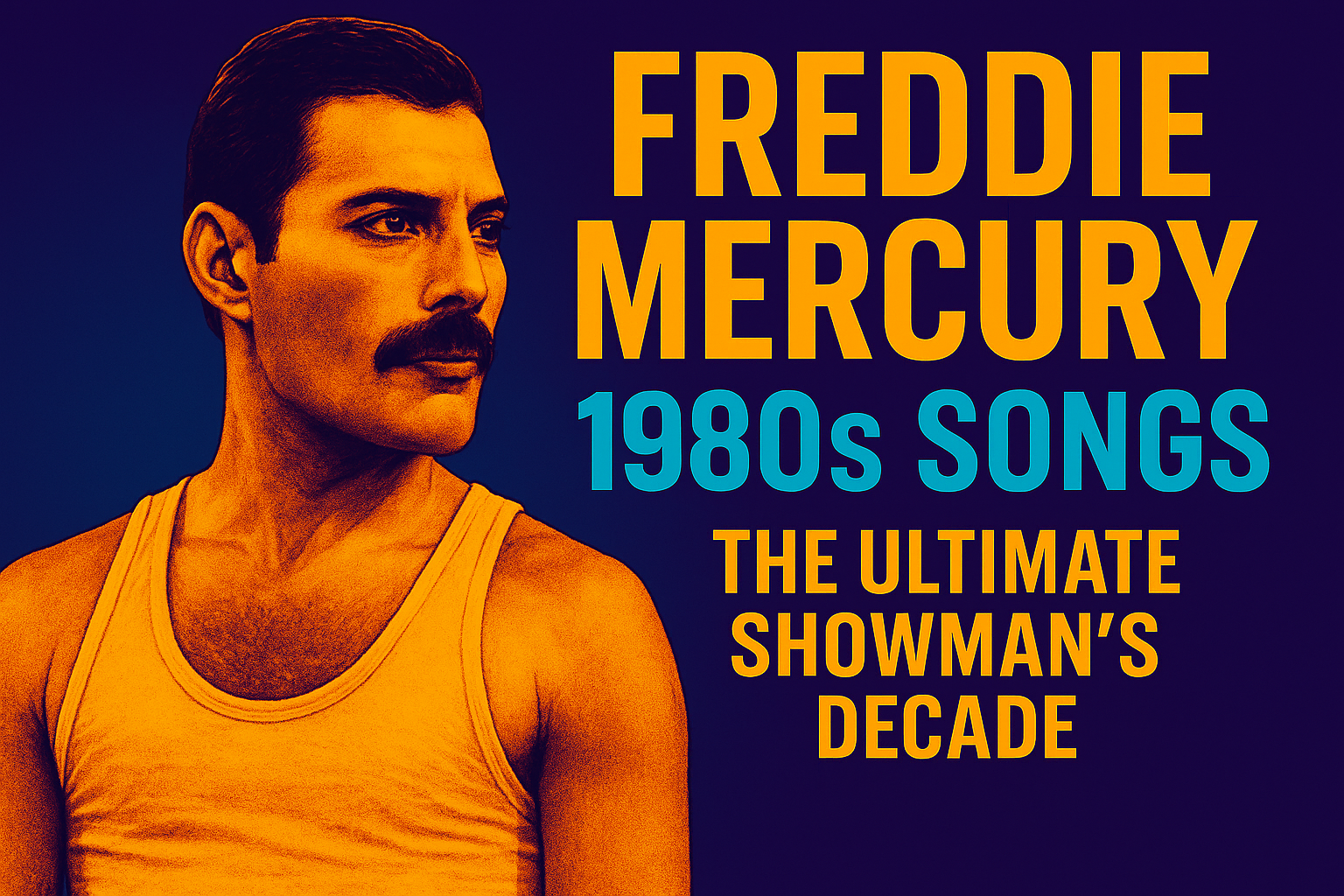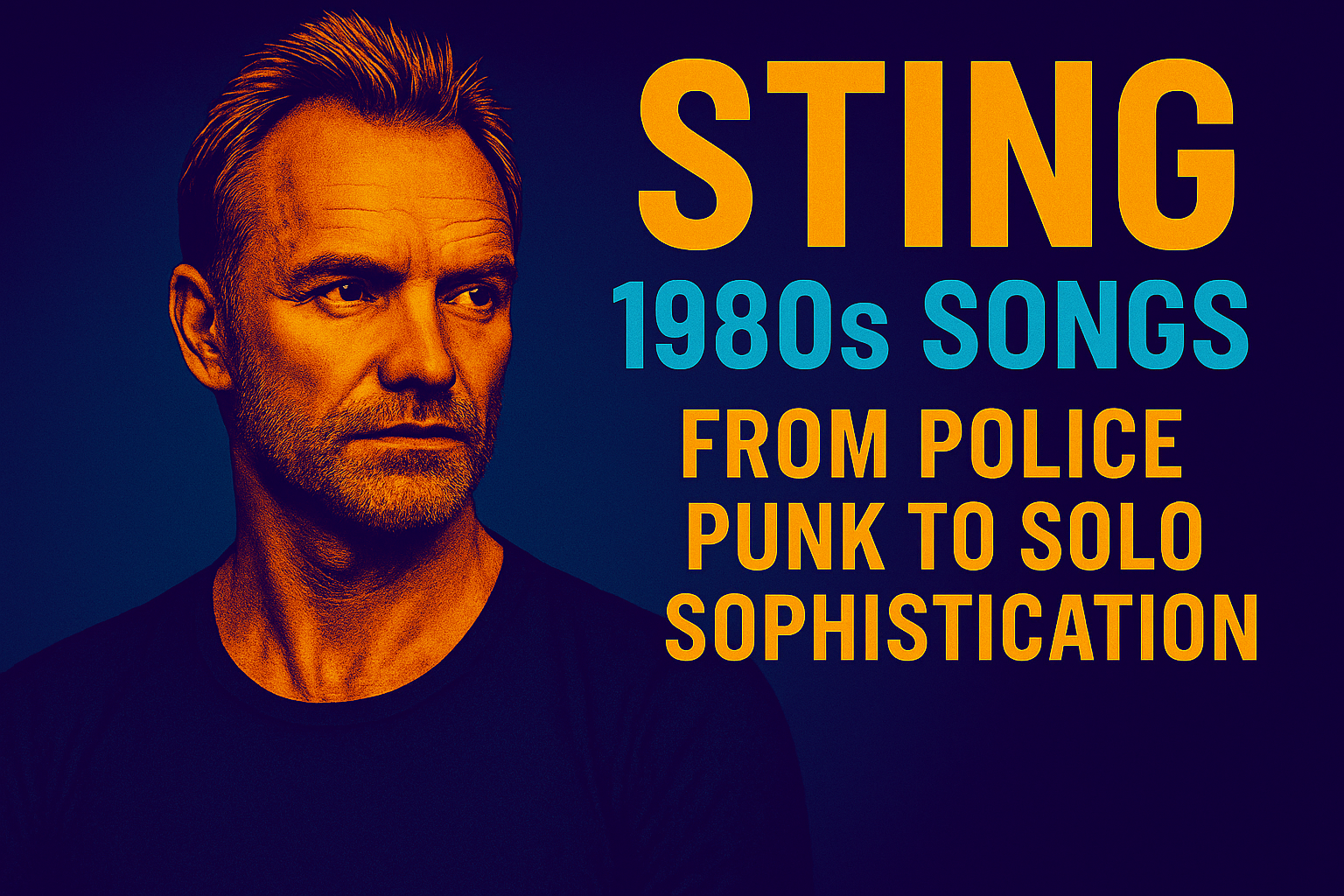Remember when MTV actually played music videos? When you could moonwalk your way into anyone’s heart? When a single glove was the ultimate fashion statement? If you’re searching for the ultimate Michael Jackson 1980s hits, you’ve come to the right place. The 1980s belonged to one man, and his name was Michael Jackson.
As someone who lived through the magic of that incredible decade, I can tell you that these Michael Jackson 1980s hits didn’t just dominate the charts – they created cultural earthquakes that are still shaking the world today. Let’s take a trip back to the neon-soaked, synthesizer-heavy era when the King of Pop delivered hit after hit that would define not just his career, but an entire generation.
1. Billie Jean (1983)
The bass line that launched a thousand dance floors. “Billie Jean” wasn’t just a song – it was a phenomenon that made history when MJ became the first Black artist to receive heavy rotation on MTV. That legendary performance on Motown 25 where he debuted the moonwalk? Pure magic that had 47 million viewers glued to their TV screens.
Fun fact: Michael recorded his vocals for this track in one take. ONE TAKE! The man was simply otherworldly.
2. Beat It (1983)
Before “Beat It,” rock and pop lived in separate universes. MJ said “not on my watch” and brought in Eddie Van Halen to shred that unforgettable guitar solo. The result? A genre-bending masterpiece that proved music has no boundaries.
The music video featuring real gang members from LA? Absolutely groundbreaking. This wasn’t just entertainment – it was social commentary wrapped in the catchiest hook you’ve ever heard.
3. Thriller (1983)
Thirteen minutes of pure cinematic genius. The “Thriller” music video didn’t just break the mold – it obliterated it and rebuilt the entire concept of what a music video could be. Vincent Price’s haunting narration, those iconic zombie dance moves, and MJ’s red leather jacket created a Halloween anthem that’s still unmatched.
Every October, this song returns like clockwork, proving that some art is truly timeless.
4. Smooth Criminal (1989)
That lean. You know the one – the gravity-defying 45-degree lean that made us all question the laws of physics. “Smooth Criminal” showcased MJ’s ability to blend mystery, danger, and irresistible groove into one unforgettable package.
Annie may not have been okay, but this song was absolutely perfect. The staccato rhythm and film noir atmosphere created something uniquely Michael – smooth as silk but sharp as a blade.
5. Bad (1987)
The title track from the album that proved lightning could strike twice. “Bad” was MJ’s bold declaration that he wasn’t just going to follow up “Thriller” – he was going to dominate again. That subway station setting, the leather and buckles, the choreographed face-off – this wasn’t just a music video, it was a statement.
The song’s aggressive funk and Michael’s snarling vocals showed a harder edge to the King of Pop. When he asked “Who’s bad?” the answer was crystal clear.
6. Rock with You (1980)
Pure sonic silk. “Rock with You” proved that Michael could make you move without breaking a sweat. This wasn’t about flashy choreography or jaw-dropping vocals – it was about feel, groove, and that unmistakable MJ charm.
The song’s warmth and intimacy showed a different side of the King of Pop, one that could seduce as easily as it could electrify.
7. Wanna Be Startin’ Somethin’ (1983)
That “mama-say mama-sah ma-ma-coo-sah” hook is permanently embedded in pop culture DNA. Built on a sample from Manu Dibango’s “Soul Makossa,” this track was MJ’s response to the gossip and rumors swirling around his life.
The energy is absolutely relentless – it’s impossible to sit still when this song comes on. Trust me, I’ve tried.
8. The Way You Make Me Feel (1987)
Sometimes love songs can be smooth and subtle. This isn’t one of those times. “The Way You Make Me Feel” is MJ at his most playful and flirtatious, chasing Tatiana Thumbtzen through the streets in the music video like a lovesick teenager.
The song’s joyful energy is infectious – it’s pure happiness distilled into four minutes of pop perfection.
9. Human Nature (1983)
Co-written by Steve Porcaro of Toto, this dreamy ballad showed Michael’s softer side. The gentle guitar work and Michael’s tender vocals created something ethereal – like floating through a warm summer night in the city.
It’s the kind of song that makes you stop whatever you’re doing and just listen. Pure sonic meditation.
10. Man in the Mirror (1988)
The message was clear: change starts with you. “Man in the Mirror” wasn’t just another pop song – it was a call to action wrapped in soaring gospel influences and Michael’s most passionate vocal performance.
When that choir kicks in during the final chorus, it’s impossible not to get chills. This song proved that pop music could move bodies AND souls.
The Decade That Changed Everything
The 1980s weren’t just good to Michael Jackson – they were transformative for all of us. These songs didn’t just dominate charts; they shaped culture, broke barriers, and created memories that last lifetimes.
Every time I hear that distinctive kick drum from “Billie Jean” or catch a glimpse of someone attempting the moonwalk, I’m transported back to a time when music felt limitless. Michael Jackson didn’t just soundtrack the ’80s – he WAS the ’80s.
Whether you lived through this golden era or you’re discovering these classics for the first time, one thing remains constant: the King of Pop’s reign was absolute, and these ten songs are the crown jewels that prove it.
What’s your favorite MJ track from the ’80s? Drop a comment below and let’s keep the conversation going! And if this post brought back some memories, share it with your fellow music lovers – because great music deserves to be celebrated.
